Pearl pigment is an advanced optical effect pearlescent pigment that changes color through multiple refractions and interferences of light in the product’s coating layer, revealing gradual and flowing colors. When it comes to chameleon pigment, it can also be called angular color change pigment, The first reaction is the kind of color shifting pigment sprayed on the surface of the car. In fact, chameleon pigment is not only used in automobile painting, this kind of pigment has a very wide range of uses, today we will take a look at, how chameleon pigment can be used in which industries?
Pearl Pigments in Leather Applications
Pearlescent powder has a significant effect on leather pearlescent pigments. Being non-toxic and odorless, it can resist high temperatures and has strong chemical inertness. It is widely used in natural varnishes for printing and surface coating of artificial leather to make previously monotonous colors richer. We can also add pearl pigments to transparent resins to directly produce pearlescent leather, if necessary.
Chameleon Pearl Pigments in Automotive Coatings
We use chameleon pearl powder in automotive coatings. Chameleon pearlescent pigments have stable physical properties and good dispersibility, which are almost applicable to all coatings. Like common coatings production, we can obtain pearlescent coatings by adding an appropriate amount of pigment to the transparent matrices of various coatings. They are mostly suitable for the coatings of automobiles, motorcycles, bicycles and other products. Pearl pigments are suitable for waterborne coatings due to their good acid and alkali resistance. They are resistant to sulfides and may not change color in the presence of sulfides. Moreover, with the characteristic of non-conductivity, the pigments are the most suitable for electrostatic coating processing.

How Pearl Pigments Are Used in Printing Inks?
Pearl powder ink and pigments for paper printing may generate extremely powerful decorative effects. We can use them alone or mix them with other colors and then add to various ink matrices. Then, we can produce the pearlescent ink through silk screen printing, gravure printing or flexographic printing. Such ink can add elegant candlelight luster and metallic effects to paper, cardboard, wallpaper, plastics and textiles. Pearl pigments have various particle sizes. We can select proper pigments according to the printing method.
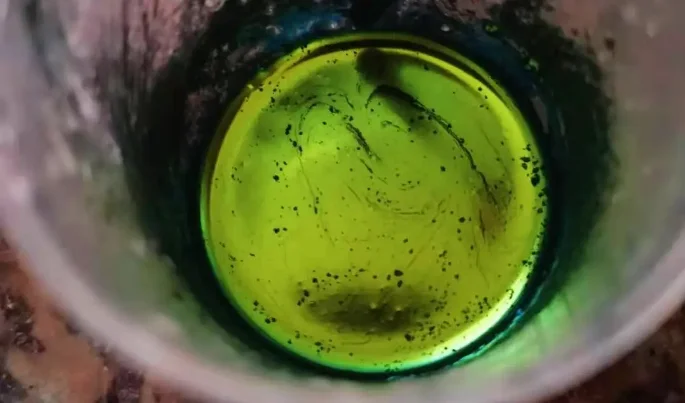
We Can Use Pearl Powder Reasonably on Composite Paper
e.g. printing pearlescent ink on PET composite paper. Due to good surface smoothness of the paper, the transfer rate of pearlescent ink decreases during the printing process. Meanwhile, the hiding effect is also poor, so the imprint may be floating and even expose the color of the paper. So, in terms of process arrangement, it is necessary to consider the possibility of residual color sequence and print two coats of pearlescent ink or primer, so that the pearlescent effect will be more distinct. In case of no residual color sequence, it is suggested that appropriate aluminum powder, white ink or transparent ink be added to the pearlescent ink. In this way, the pearlescent effect is slightly lost, but the hiding rate is improved.
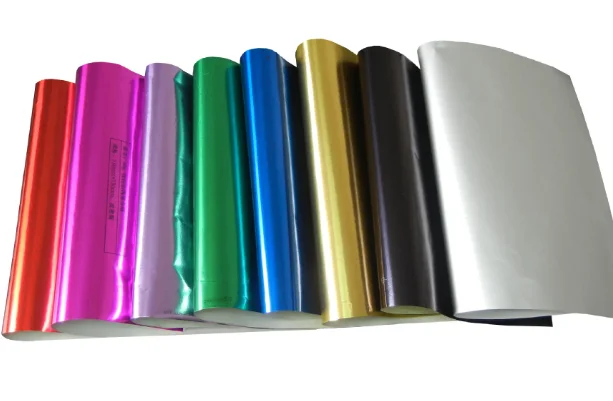
The Particle Size of Pearlescent Pigments is Relatively Large. Silk screen printing has a wide range of adaptability to the particle sizes of ink. So, silk screen printing is very suitable for reproducing the pearlescent effect. Meanwhile, screen printing can also produce many other special effects and is highly favored by packaging users. However, in terms of ink drying speed, pearlescent screen printing has a relatively low efficiency and is not suitable for large-scale printing. We can improve the curing speed by using UV ink to replace regular ink. However, high reflectivity on the printing surface will produce a significant negative impact on texture expression of some pearlescent pigments. Therefore, it is necessary to pay certain attention when selecting pearl pigments.
The printing plate used in flexographic printing is made of rubber or photosensitive resin and the ink is transmitted through the raised characters on the printing plate. Flexographic printing ink has a low viscosity and can be divided into two types: solvent-based and waterborne. It can be dried quickly, especially under radiation curing.
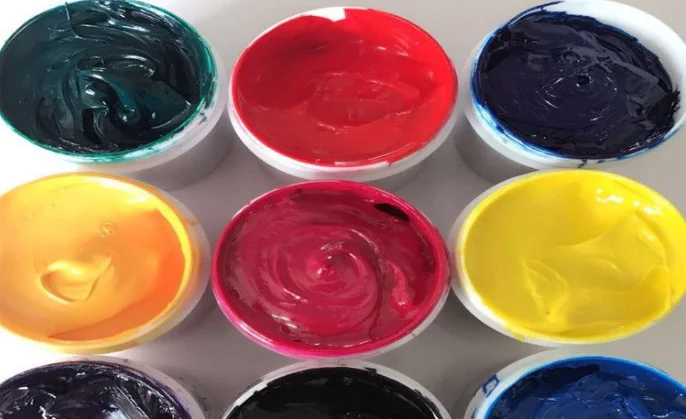
Due to its physical and chemical properties, we may use Kingchroma pearl pigments in most ink of flexographic printing. Traditional pigments have the characteristic of astigmatism. So, when mixed with pearlescent pigments, they must be highly dispersed and cannot be 3% weightier than the ink. In waterborne alkaline ink, we should use alkaline additives to adjust the surface performance of pearl pigments.
When using an alkaline thixotropic agent to adjust the viscosity, we should adjust the pigments with acidic surfaces to avoid pigment flocculation and abnormal viscosity change. If it is necessary to improve the dispersion of pearlescent pigments in ink, the pigments can be moistened and dispersed in advance before being added to the ink. A substrate with a smooth and flat surface can be selected to achieve the best effect.
How Pearlescent Pigments are Used in Offset Printing?
When used for offset printing, pearl pigment powder and pearl pigment have the advantages of convenient plate-making and low cost. Many packaging and printing factories are desirable to use offset printing for proofing when trying new packaging products, especially pearlescent products. However, only a few users truly use offset printing for pearlescent printing. The reason is that offset printing generates a thin ink layer and a long ink path. So, it is not suitable for the transfer of relatively large and fragile pearl pigments. Moreover, there are certain difficulties in dispersion of pigments. These problems often puzzle packaging and printing manufacturers, so that the pearlescent offset printing cannot achieve mass production. Therefore, the product development directions of suppliers are to further reduce the particle size of pearlescent pigments and enhance their wear resistance. Ink is transferred through a flat printing plate in offset printing.
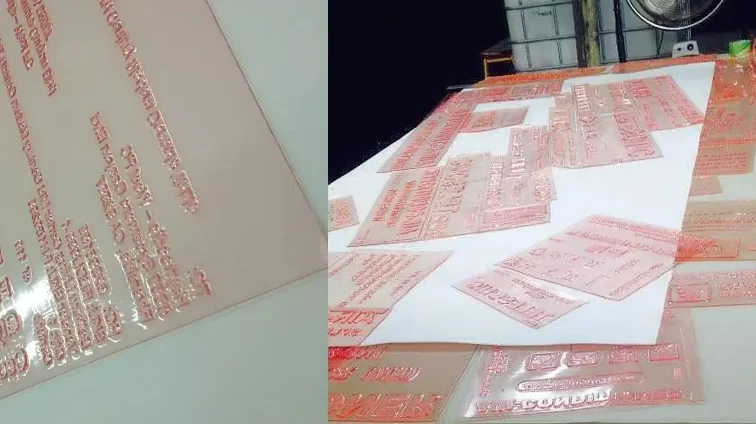
The printing plate consists of a flat printing area and a non-printing area. The incompatibility between ink and water is adopted to color the printing area of the printing plate. At present, we use thin aluminum plates undergoing UV exposure treatment in offset printing. In most cases, a fountain solution is still used to separate the printing and non-printing areas. The ordinary offset printing ink has high viscosity and is not suitable for pearl pigments. So, special printing ink is recommended. Moreover, the ink manufacturer should adjust the ink composition according to the printing procedure. Common packaging materials and labels are printed with pearlescent pigment offset printing ink. The surface of the substrate should be as smooth and flat as possible to realize the best arrangement of pigments and achieve the desired gloss effect, for the ink layer is very thin in offset printing.
Pearlescent Pigment for Screen Printing
Pearlescent powder and pearl pigment are used for silk screen printing. In silk screen printing, pearl pigment powder printing ink is transferred from the screen plate to the substrate. The silkscreen is strained on the frame of the platform screen printing plates and is used to transmit image information. The ink is squeezed out through a rubber roller or scraper and printed onto the substrate through the silk screen. The material and manufacturing technology of the silk screen have a significant impact on the printing effect and the fiber thickness of the silk screen determines the thickness of the ink transfer layer. When pearlescent pigment is used, it is recommended to use single filament screen to avoid the pigment blocking the silk screen. The silk screen printing ink should have good application performance (adaptability, flowability and durability). The ink should not block the meshes of the silk screen. After printing, the ink should be dried quickly. The pearlescent pigments can be used in various ink systems of silk screen printing, but are most suitable for transparent ink systems.
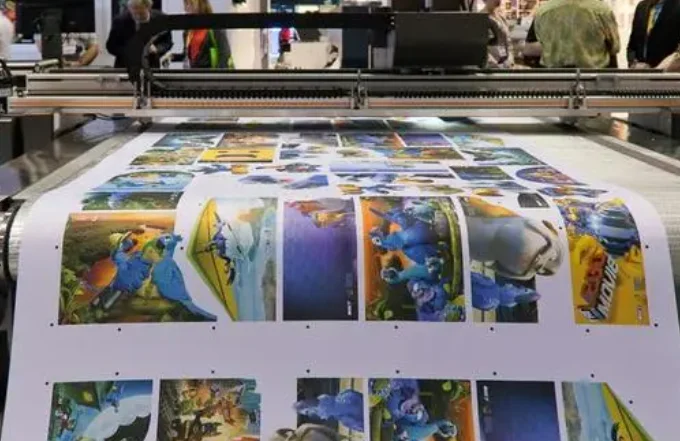
If moistened and dispersed in advance, the pearl pigments can be mixed better with ink.
Related blogs
Pearl vs Metallic Pearlescent: Which Finish Awaits You
Pearlescent Pigment Market Analysis & Trends 2024
How to use pearl powder for car paint?
Pearl Pigment Applications: The Definitive Guide



